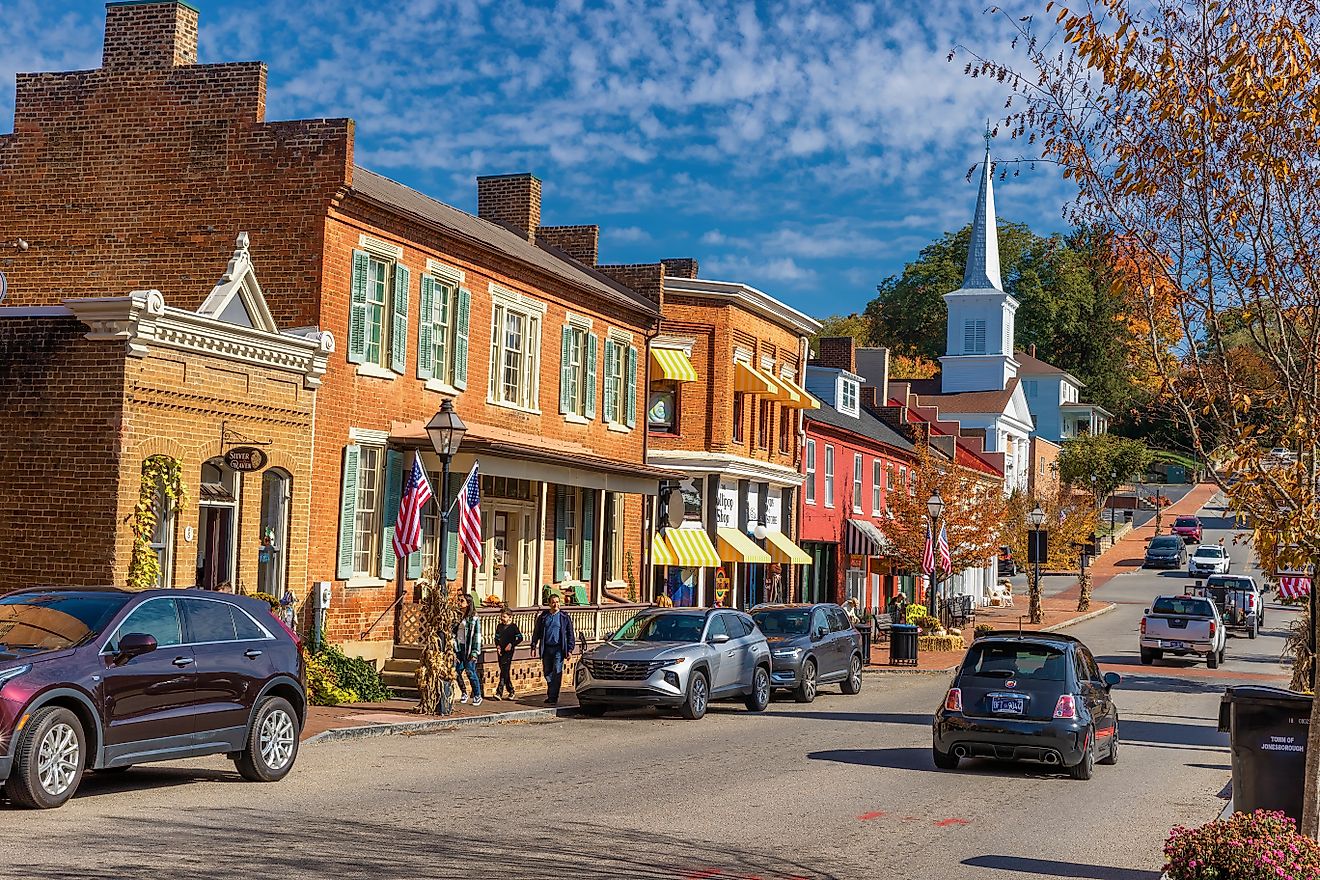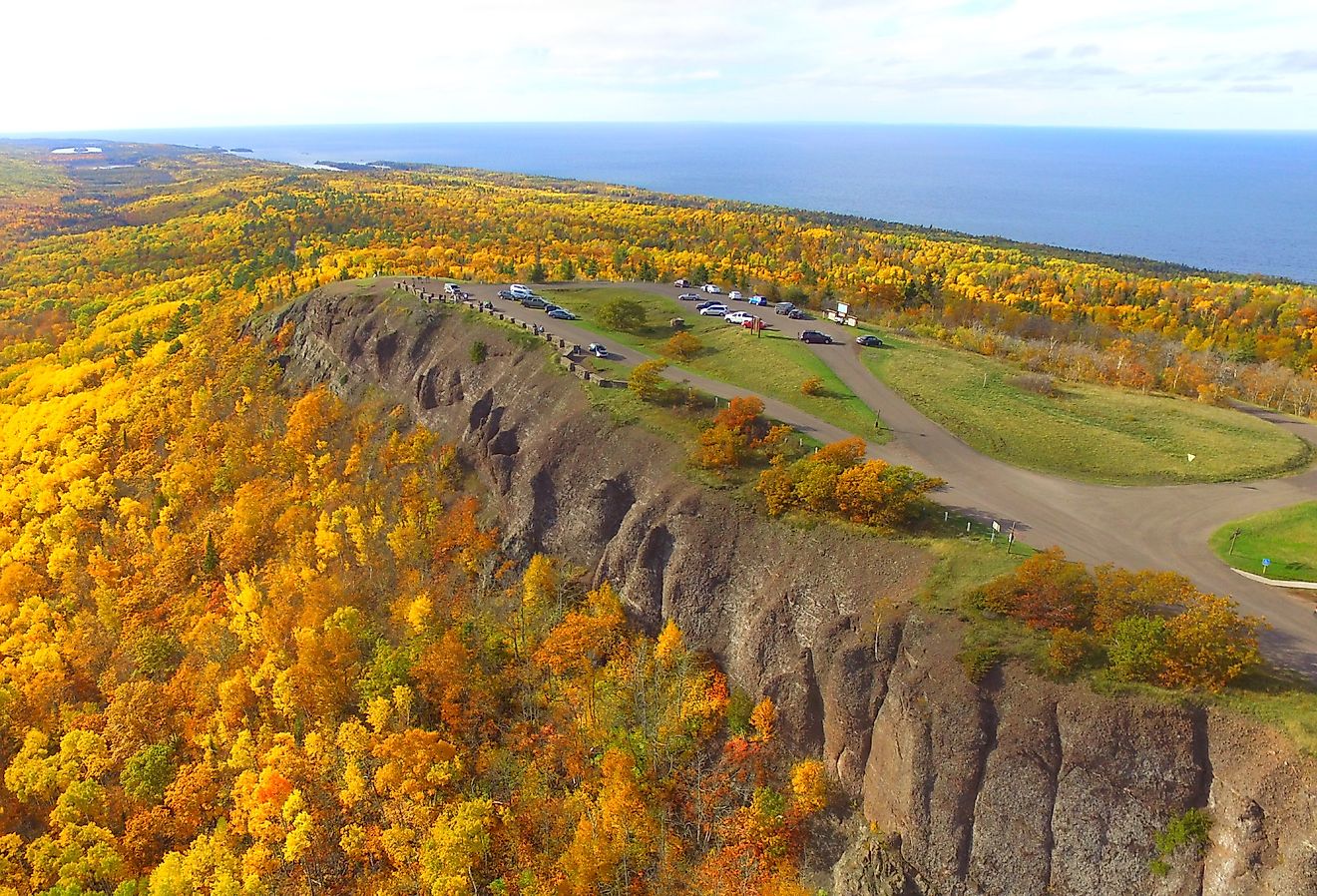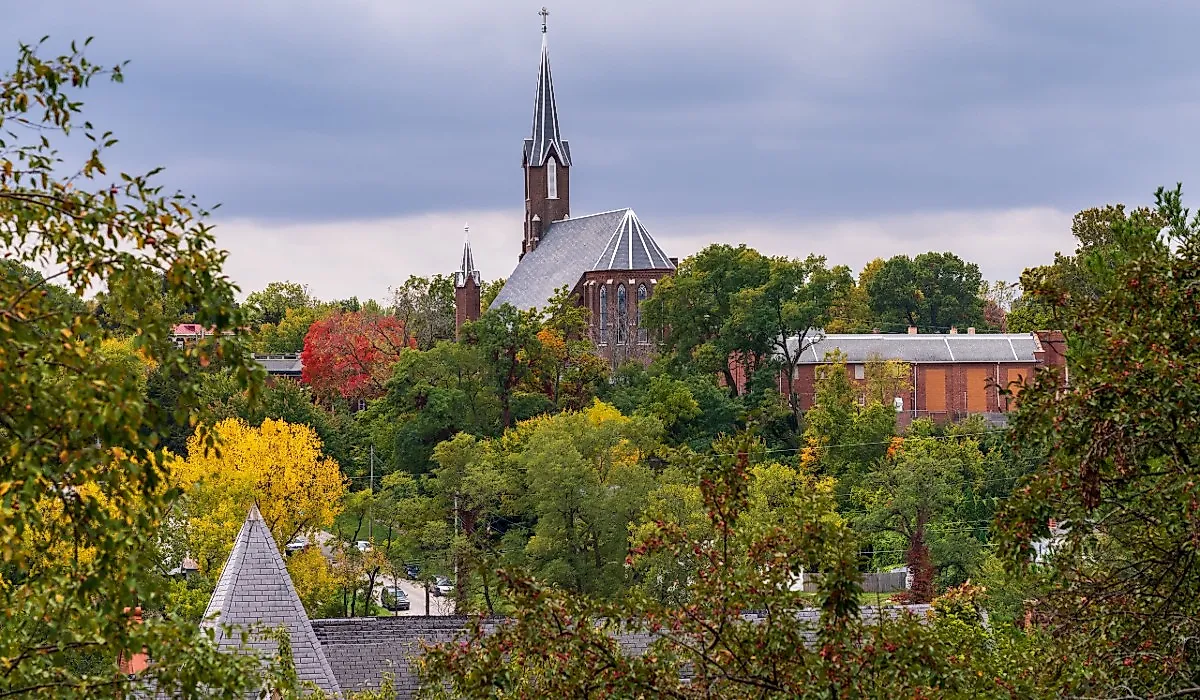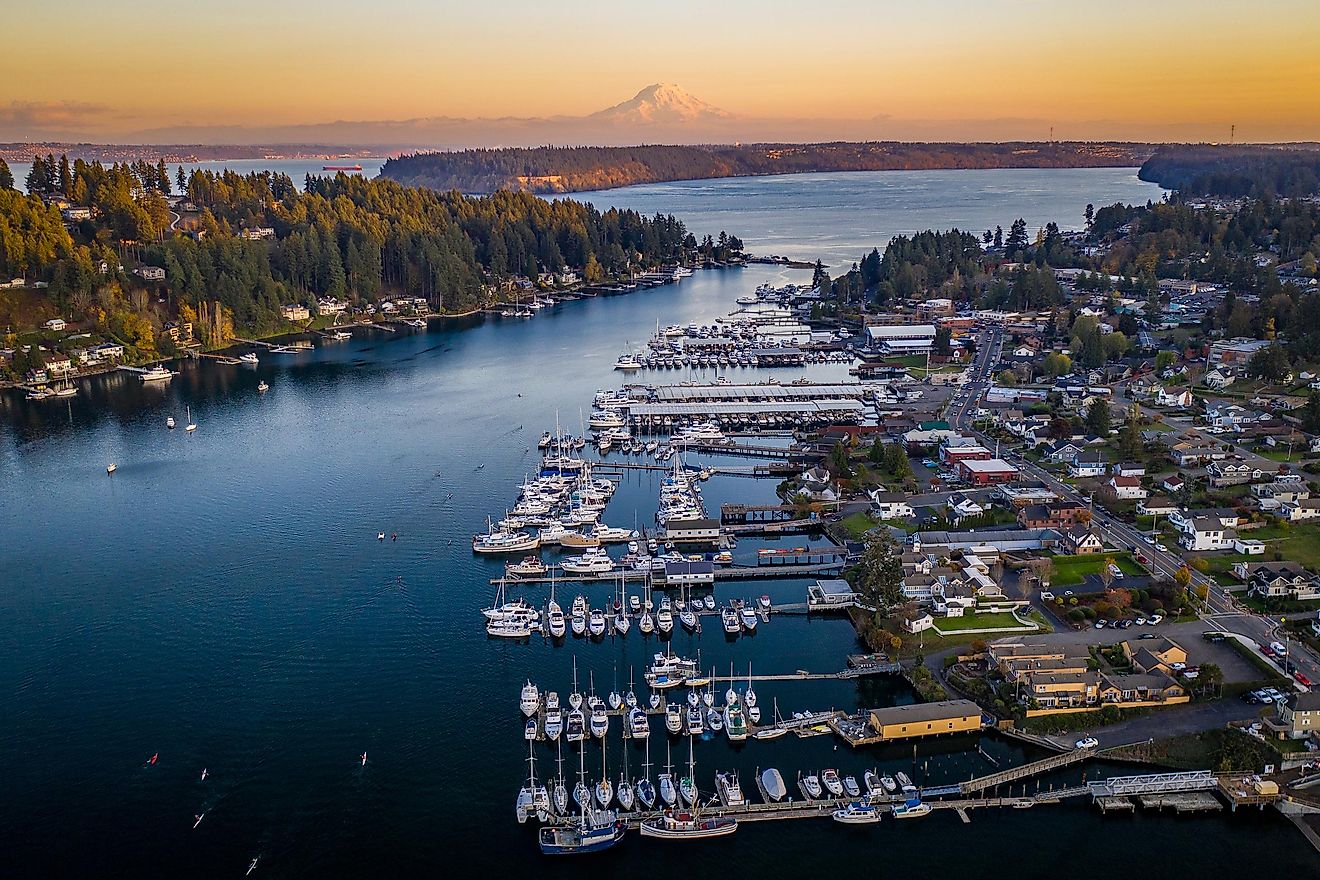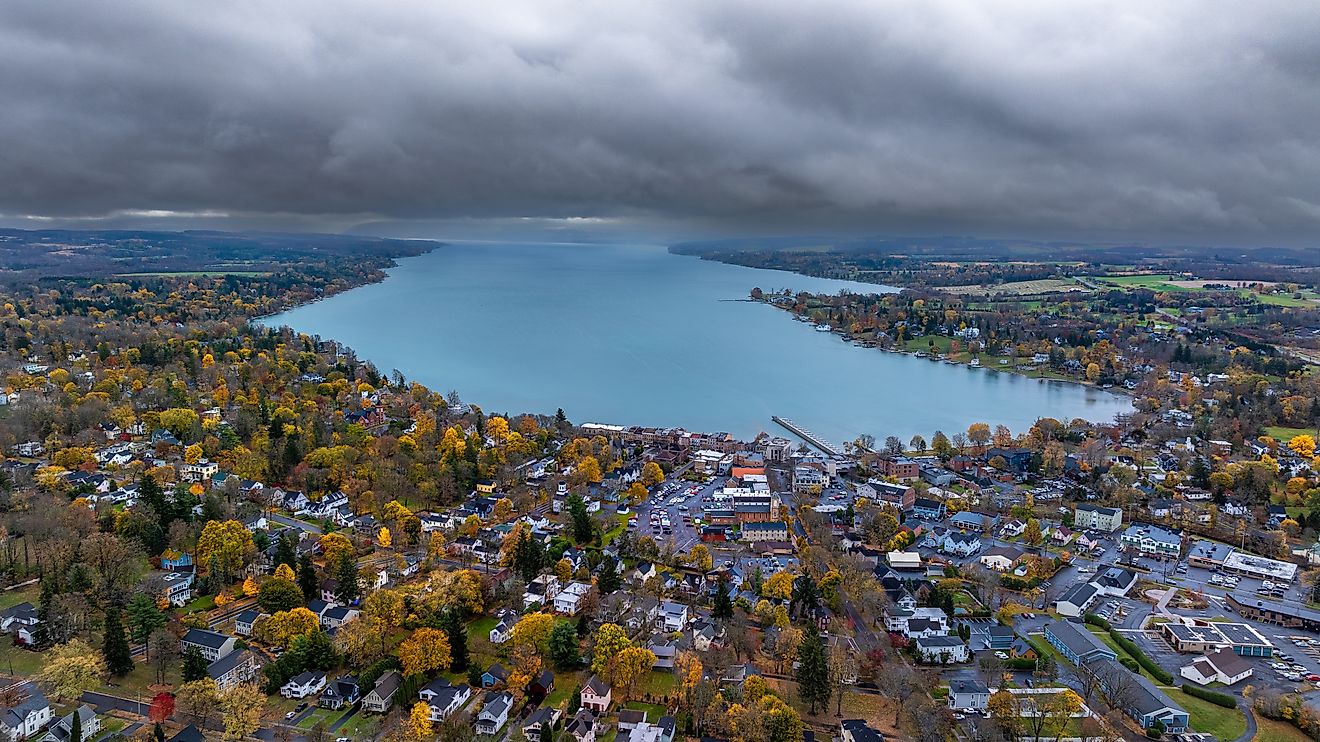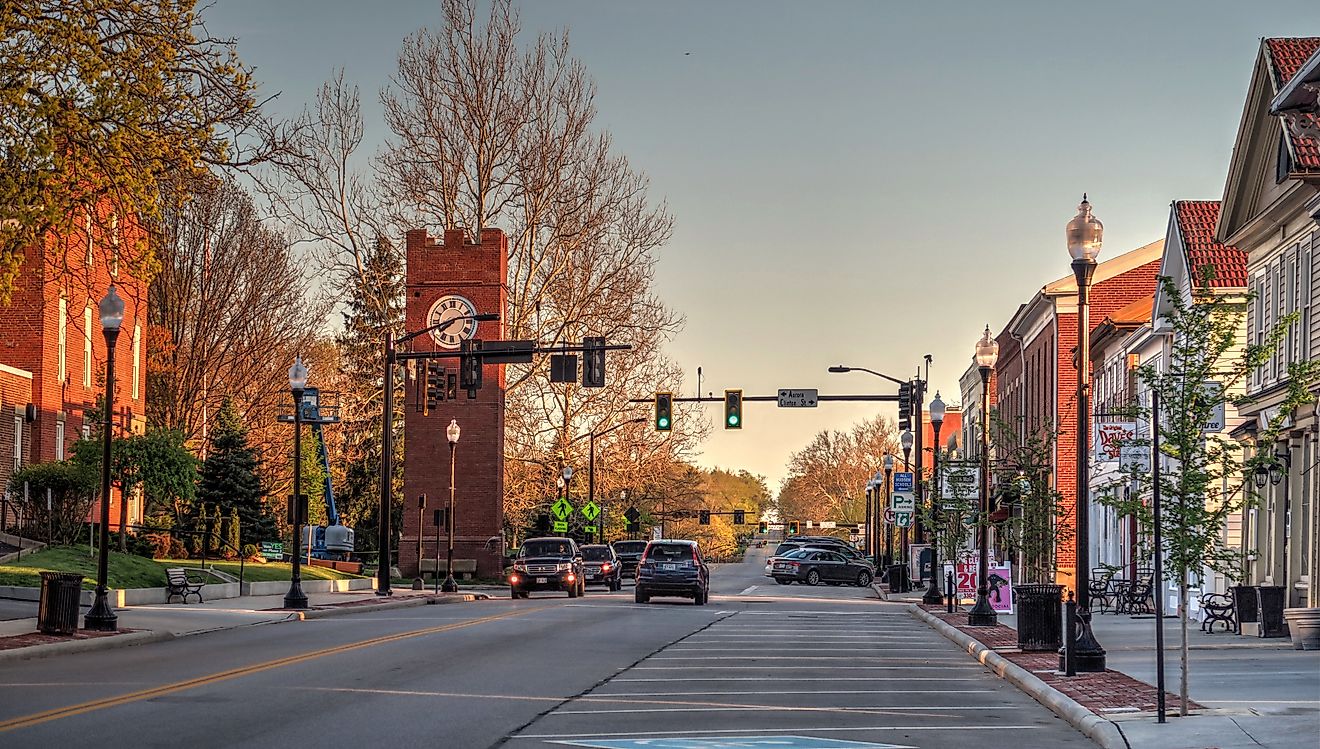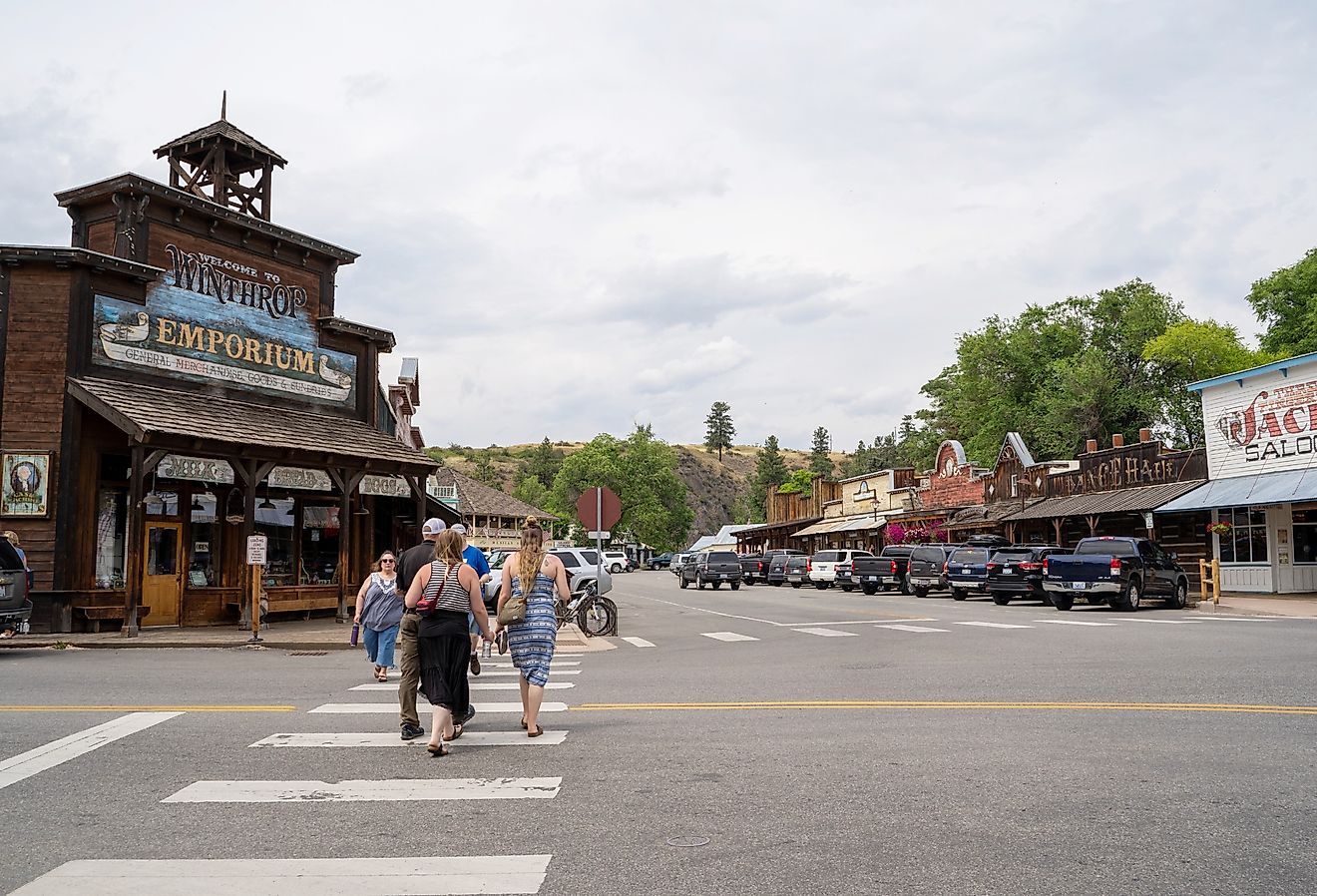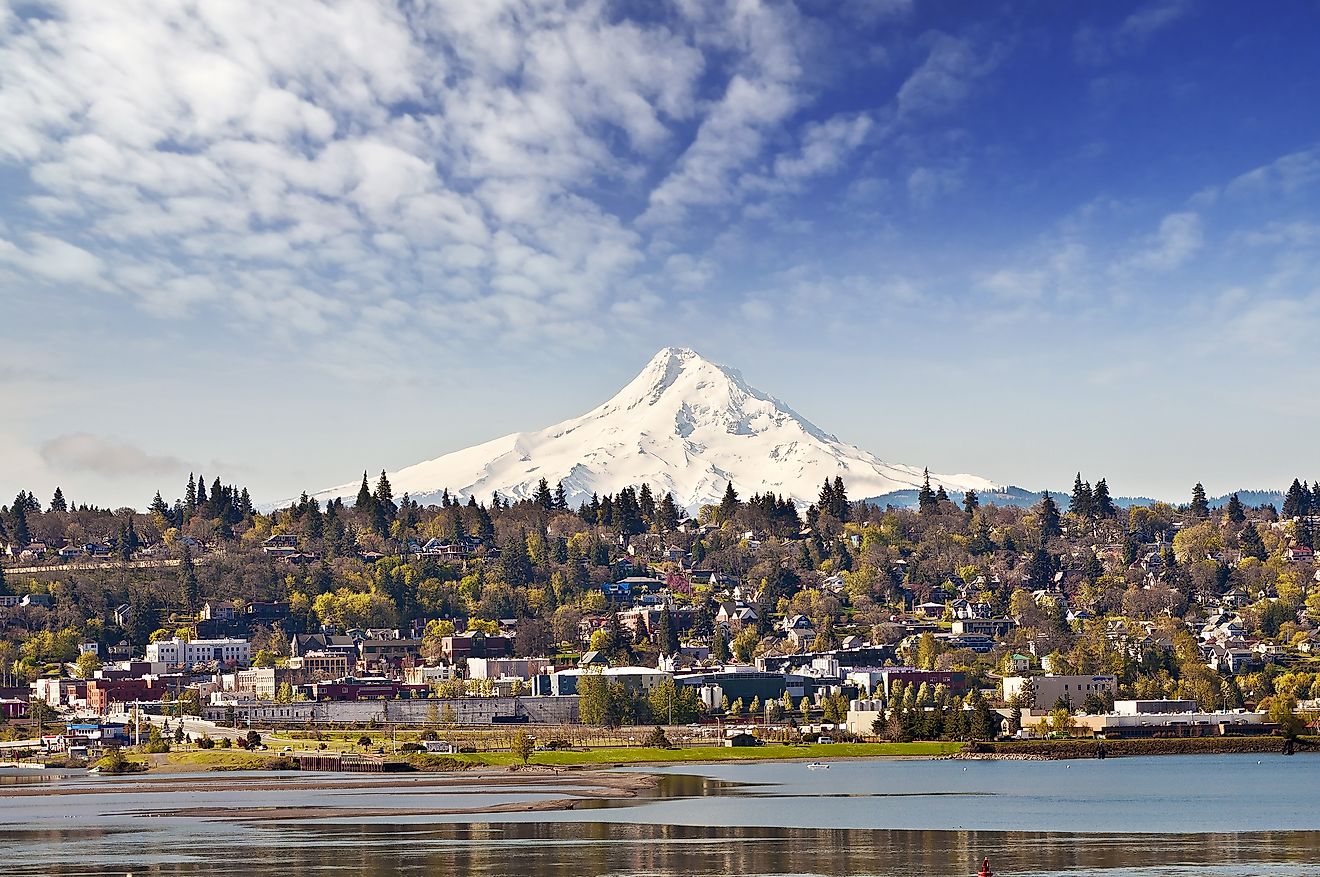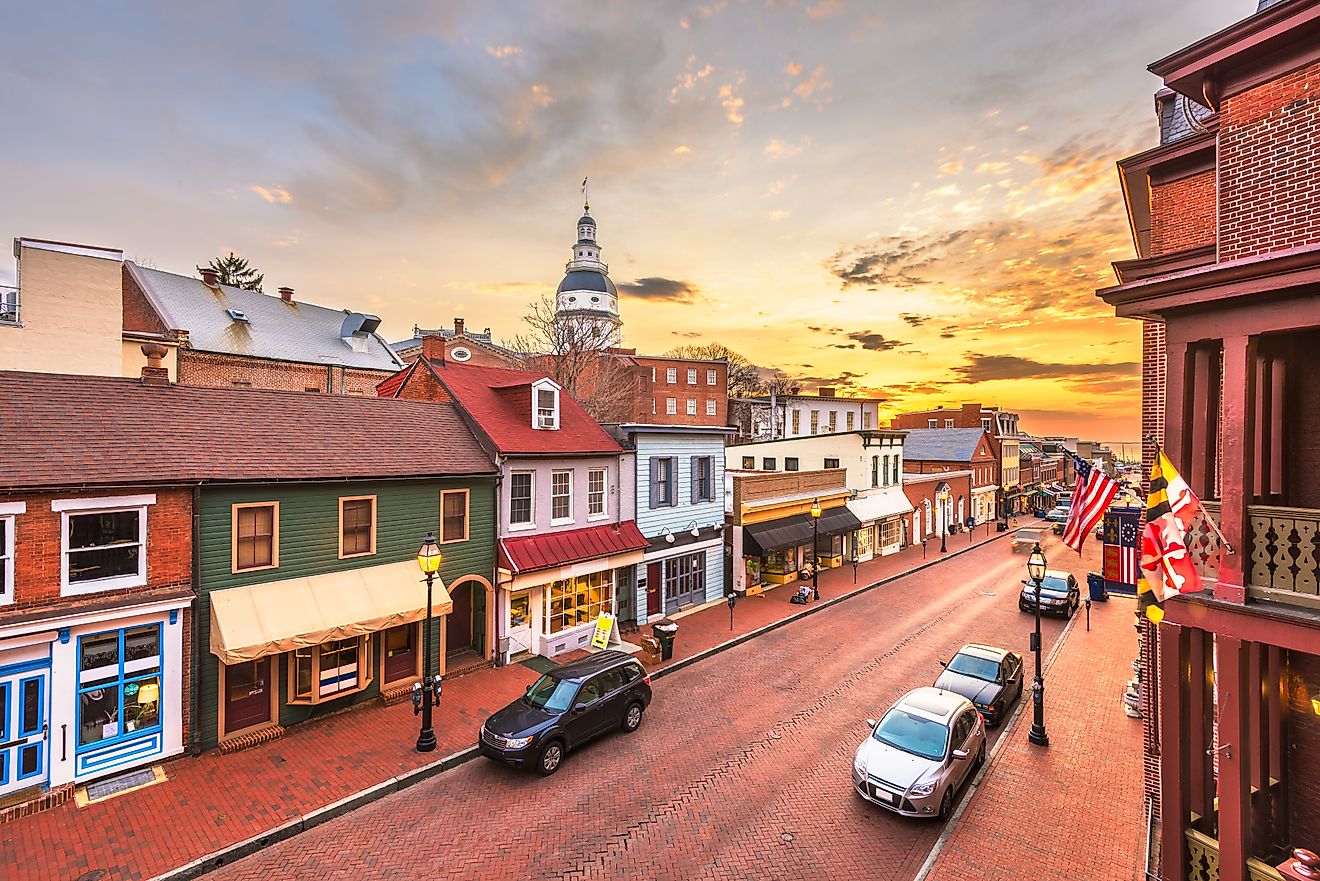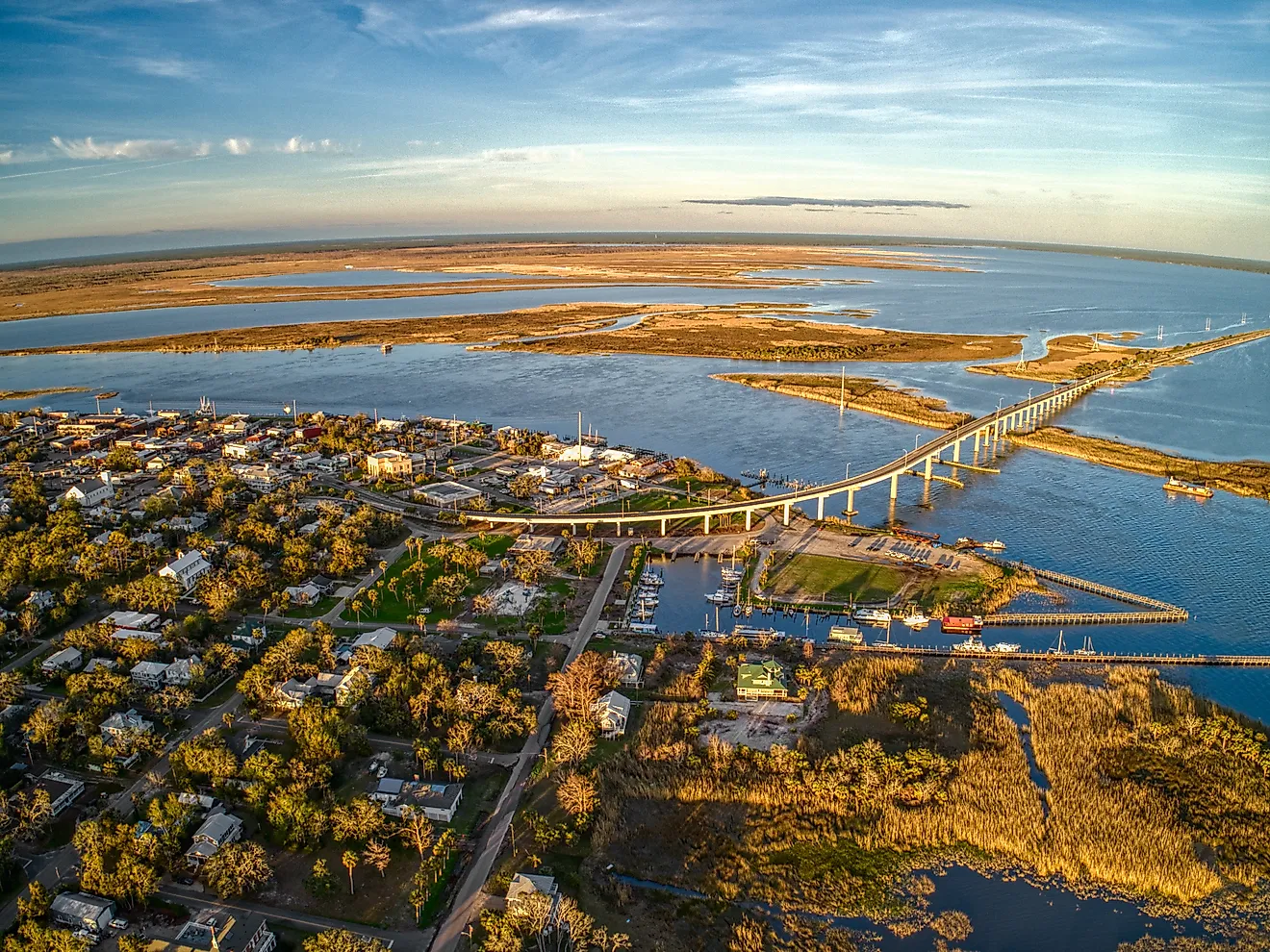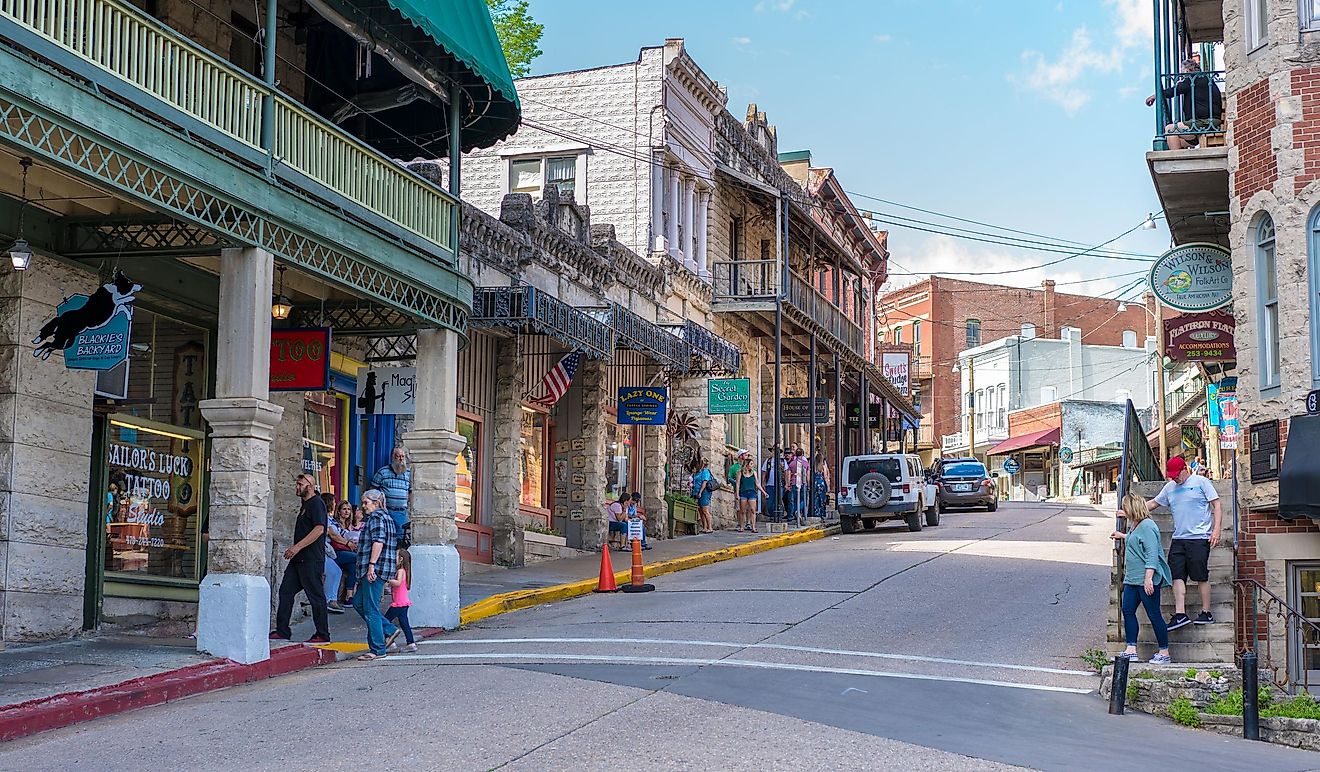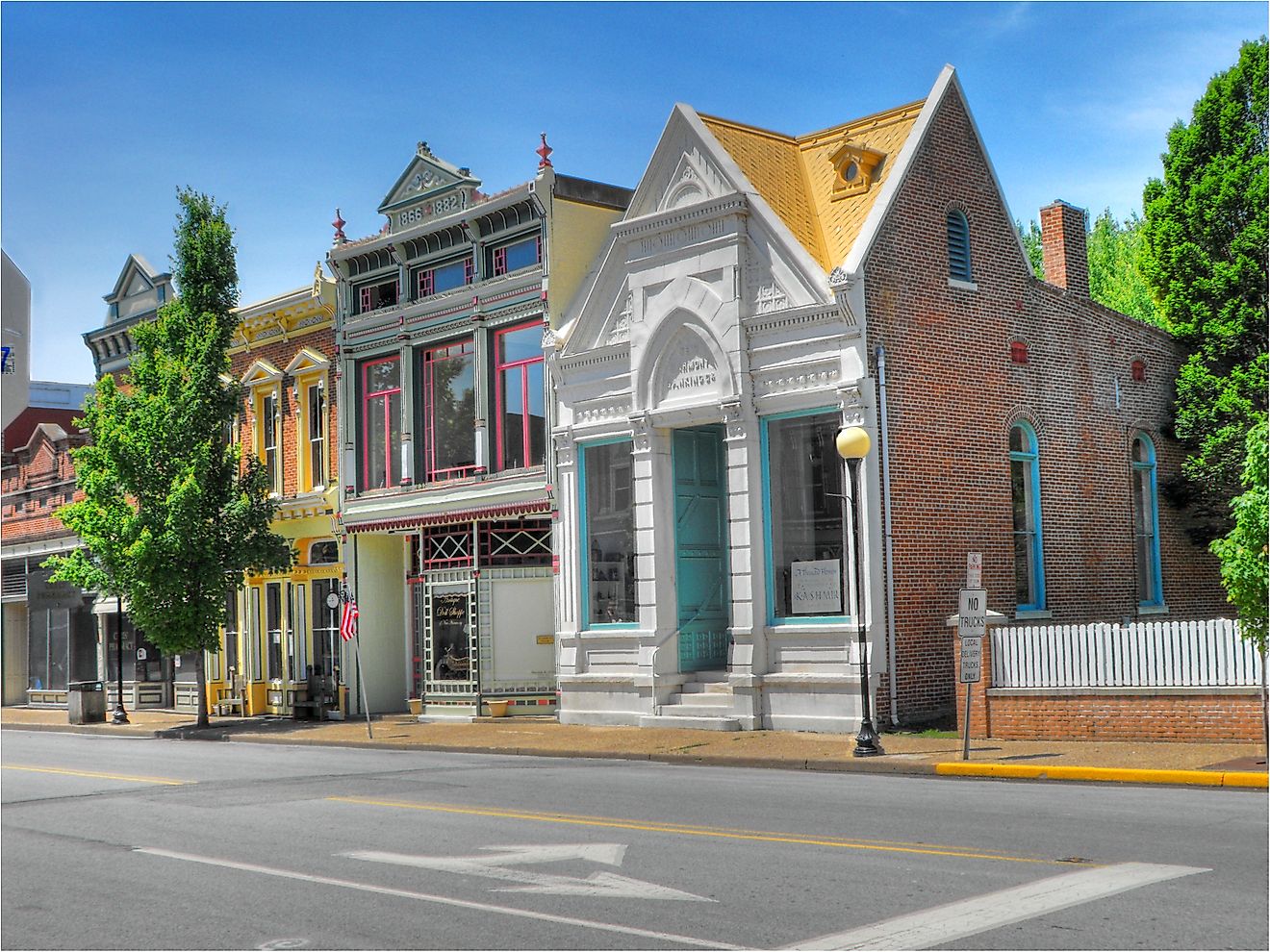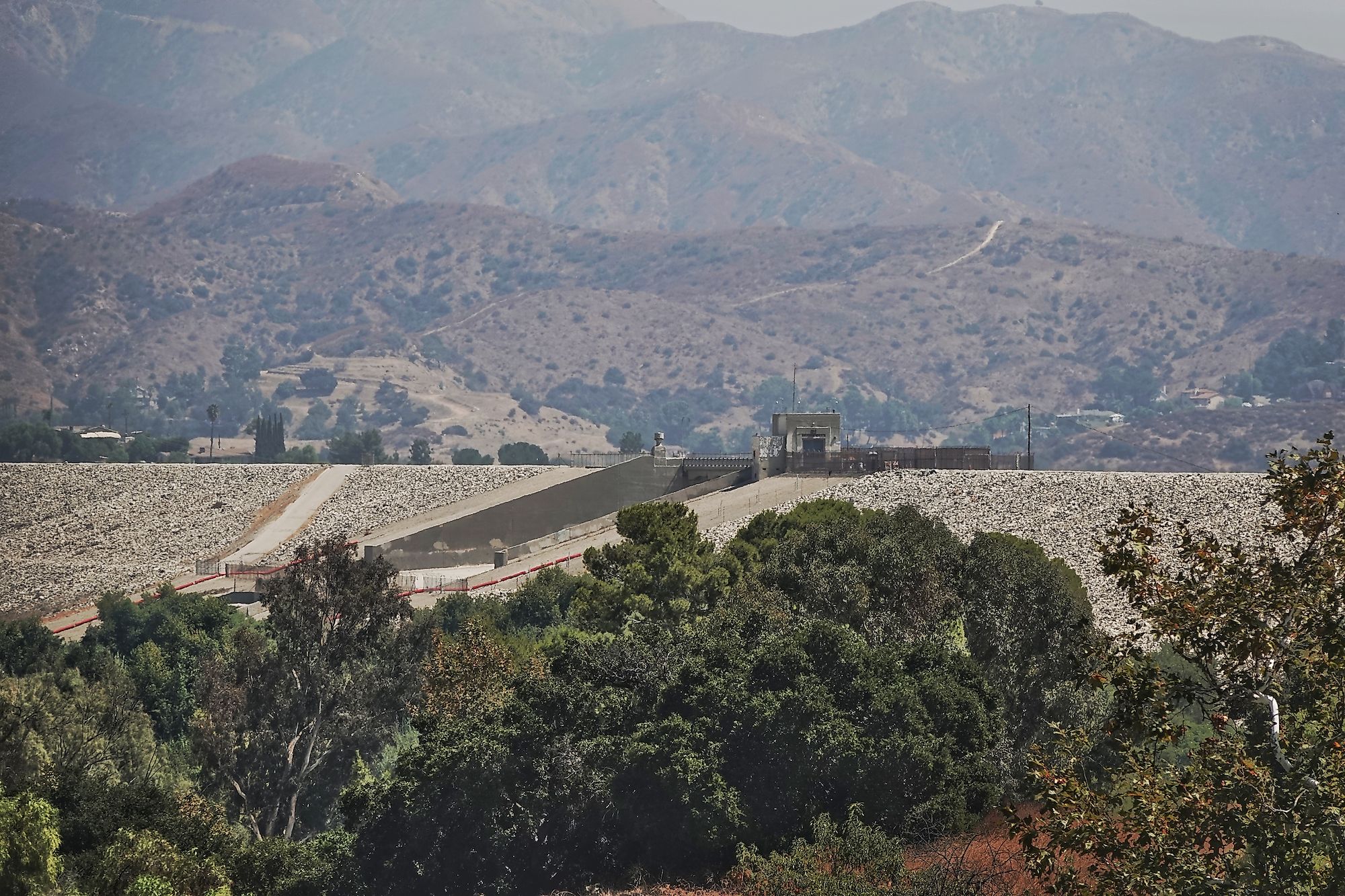
Hansen Dam
Hansen Dam is a flood-control dam that has been constructed on the 20.9km long Tujunga Wash stream, which is a tributary of the Los Angeles River. The Hansen Dam is situated about 1.6km downstream from the meeting point of the Big and Little Tujunga Creek Washes along the northeastern margin of the San Fernando Valley, in the suburban neighborhood of Lake View Terrace, in the City of Los Angeles in the US State of California. This 30m high dam was constructed by the US Army Corps of Engineers, mainly to slow down the flow of water and redistribute it to prevent devastating floods in the San Fernando Valley and the City of Los Angeles.
About the Dam
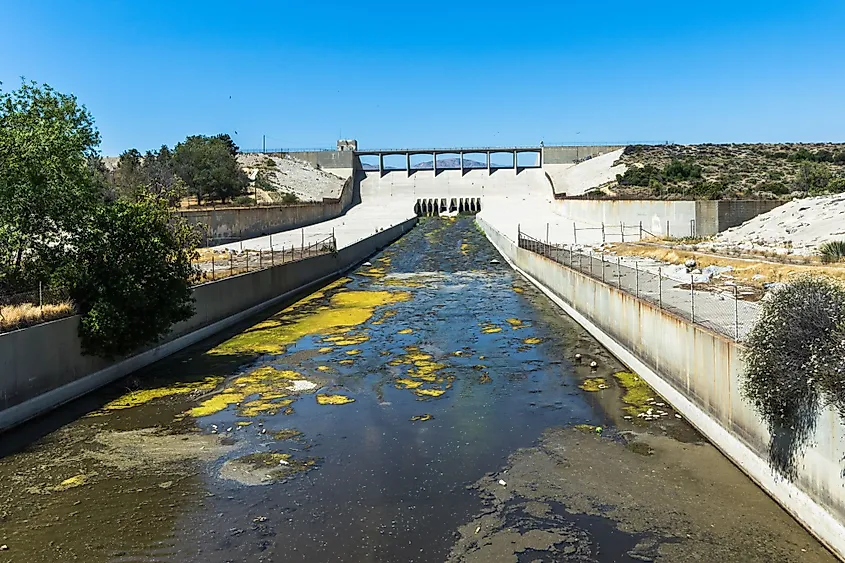
The Hansen Dam is a huge horseshoe-shaped earthen wall that has been constructed on the Tujunga Wash stream and has a length of 3.2km, a width of 9.14m, and a maximum height of 30m above the streambed. The Dam consists of a 5.26 sq. km reservoir that is often called Hansen Lake. The reservoir has a storage capacity of 91,400,000 cubic meters. The Dam embankment extends in the east to the west direction at right angles to the stream and the dam itself follows a gentle curve to connect the couplings of the dam with a rocky outcrop that is situated close to the heart of the dam. At its eastern end, the dam abuts against a series of small hills, while on the western end, the dam terminates in a gently sloping hill. Located close to the center of the dam is the spillway structure that has a crest elevation of 323m. In addition to this, there is a concrete-lined rectangular spillway channel that includes the outlet channel at its center and is mainly designed to take away the spillway discharge beyond the earthen embankment.
Hansen Dam Recreation Area
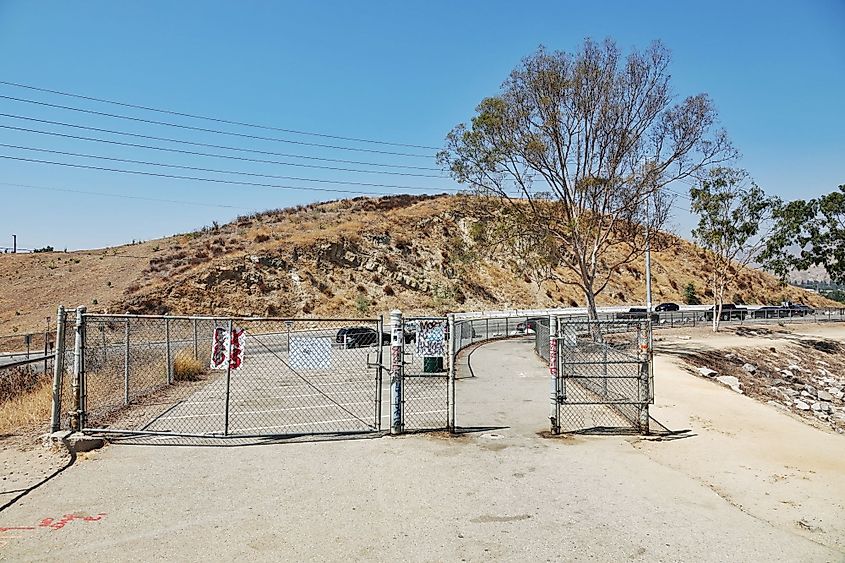
The US Army Corps of Engineers has reserved only a small area of the Hansen Dam and the reservoir for maintenance purposes. The remaining area has been lent out to the City of Los Angeles for recreational purposes. The daytime facilities of the Hansen Dam Recreation Center and Park that is situated in the surrounding area is under the management of the Department of Recreation and Parks of the City of Los Angeles. Located on the northwestern side of the Hansen Dam Recreation Area is the Hansen Dam Aquatic Center, which is a 0.16 sq. km water recreation facility that includes a small recreation lake and a much smaller swimming lake. In addition to this, the facility contains 20 dressing rooms, 25 showers, 50 public restrooms, and many picnic areas. There are many horseriding and walking trails in the park that connect it with the Angeles National Forest. However, a major part of the area remains undeveloped, to preserve and maintain the natural habitats and the rich biodiversity of the area.
Brief History
The Los Angeles flood of 1938 is considered one of the devastating floods in Los Angeles’ history that resulted in the loss of lives of 115 people and caused $78 million of property damage. The continuous flooding and damage caused in the eastern part of the San Fernando Valley, made the authorities realize the need for a stronger network of flood control projects in the area. Over the next few years, the US Army Corps of Engineers together with the Los Angeles County Flood Control District worked on a project to channelize the rivers, streams, and major washes of the City of Los Angeles. The project was named after the horse ranchers Homer and Marie Hansen, who had established a ranch close to the project area in the 1800s. In 1939, the Corps acquired the Hansen’s ranch to support the dam’s construction. In September 1940, the dam, spillway, and outlet works were completed at an initial cost of over $11 million. In 1946, the recreational possibilities of the Hansen Dam’s basin were taken into consideration by the authorities, since from the very beginning the basin area served as a popular tourist destination attracting more than 75,000 visitors annually. In 1952, the City of Los Angeles began the initial development of the basin with the creation of the Holiday Lake. The Holiday Lake originally had an area of 0.53 sq. km, but by 1975, its area was reduced to 0.32 sq. km due to sediment accumulation. In 1982, the recreation activities like swimming, boating, and fishing in the Holiday Lake were abandoned and in 1983, the lake had an area of only 0.12 sq. km. By 1991, the Holiday Lake was filled and was therefore completely abandoned.
